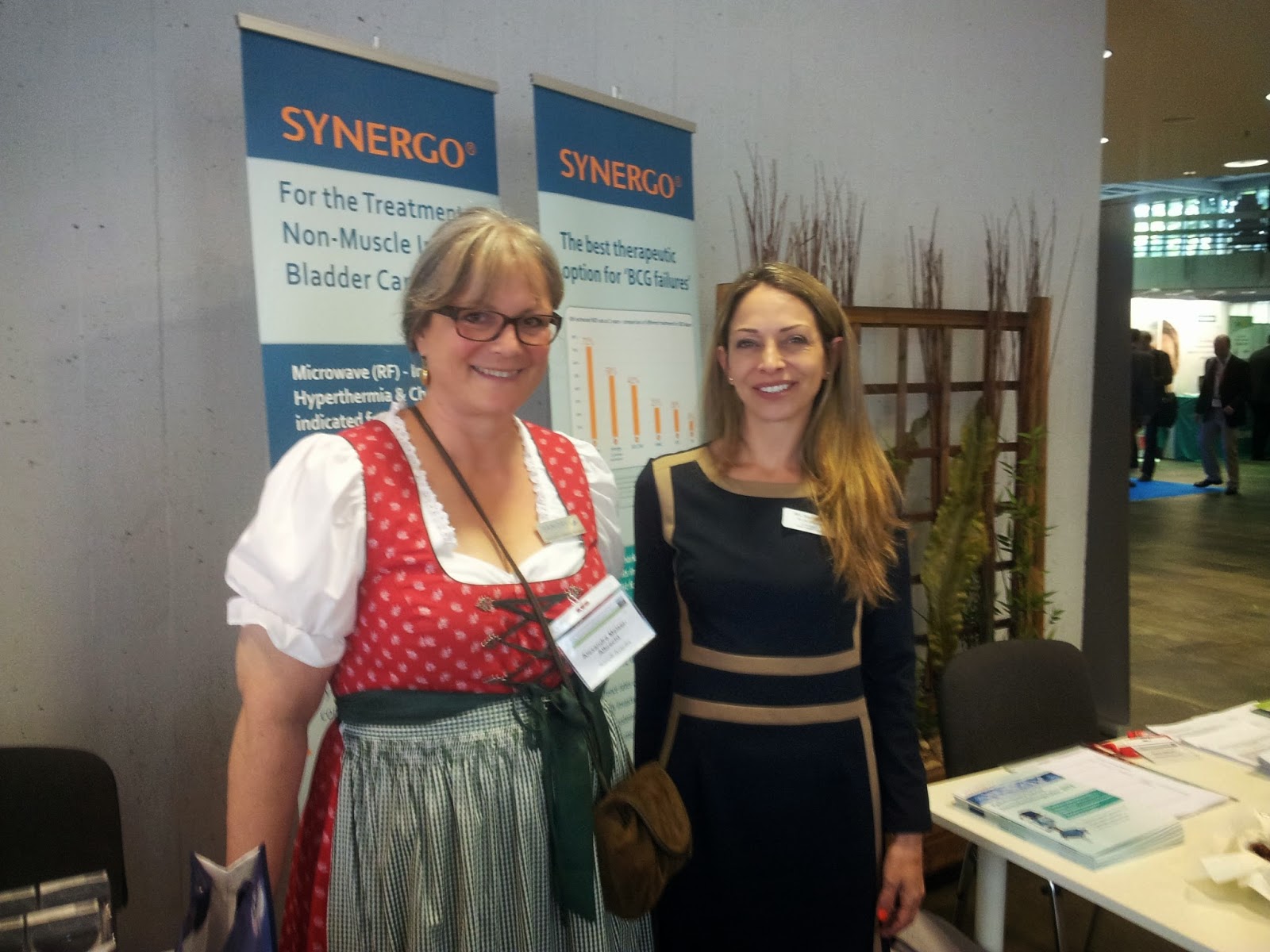We are at the doorstep of an exciting era in which the due importance of Radiofrequency treatment for cancer (and possibly many other ailments) is being finally and gradually revealed.
Multiple studies are being conducted into this exciting field and plausible explanations of pathways are being suggested. Field in which these selective non-thermal effects have been shown include, and are not limited to treatment of Non-Small Cell Lung Cell Carcinoma, Glioblastoma, Bladder Cancer and Pancreatic Cancer.
Synergo incorporates
a 915MHz generator, responsible for delivering microwave (the high end of the
RF frequencies) in the treatment of bladder cancer. This RF is regulated in
real-time by the operator (up to 36W).
One of the questions
that is often raised is what effect the RF has on the cancer cells.
In vitro studies have demonstrated that
tumor-specific frequencies identified in patients with various forms of cancer
are capable of blocking the growth of tumor cells in a tissue- and
tumor-specific fashion. Current experimental evidence suggests that
tumor-specific modulation frequencies regulate the expression of genes involved
in migration and invasion and disrupt the mitotic spindle.
2 independent
studies present explanations to these effects and how RF operates.
An article published
in 2015 by Ware et al. demonstrates that RF radiation creates micropores
selectively on cancer cells and disconnects the adhesion between cancer cells. The
writers conclude that there are clear phenotypical differences observed between
cancerous and normal cells in both their untreated states and in their response
to RF therapy. They also reported, for the first time, a transfer of microsized
particles through tunneling nanotubes, which were produced by cancer cells in
response to RF therapy. They provided evidence that various sub-populations of
cancer cells heterogeneously respond to RF treatment.
Another article
published by Curley et al. in 2014 compared how RF and hyperthermia (HT)
treatments change the proliferation rate, oxygen consumption and autophagy in
malignant and nonmalignant cells and their results were clear.
Their conclusion: “The
results obtained in the current study, along with our previous reports,
indicate the ability of RF treatment to provide a tumor-specific cytotoxic
effect by inhibiting the proliferation and mitochondrial activity of tumor
cells and the stimulation of autophagy. These effects exceed the hyperthermic
property of the RF field. All of this assures further investigation of the
biological effects of RF treatment to stimulate the development of novel,
non-invasive approaches for cancer treatment using electromagnetic fields.”

